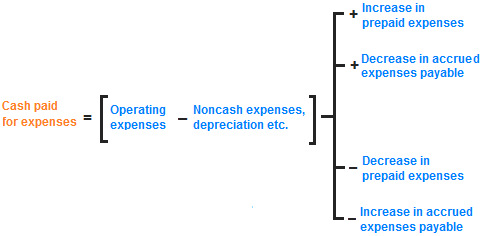 |
| Are you actually making money online? |
Financial analysis helps us understand how your shop is performing. There are two parts to a financial analysis: the statement of operations and the balance sheet. The statement of operations tells us how much money (or loss) your shop is achieving based on current sales and costs. The balance sheet tells us how many assets the firm has to support its current and future operations.
4. Operating expenses: What are the firm’s operating expenses, and are they increasing or decreasing? Operating expenses typically include the cost of marketing, technology, and administrative overhead. They also include, in accordance with professional accounting standards, stock-based compensation to employees and executives, amortization of goodwill and other intangibles, and impairment of investments. In e-commerce companies, these turn out to be very important gross margin gross profit divided by net sales expenses. Many e-commerce firms compensated their employees with stock shares (or options), and many e-commerce firms purchased other e-commerce firms as a part of their growth strategy. Many of the companies were purchased at extremely high values using company stock rather than cash; in numerous instances, the purchased companies fell dramatically in market value. All these items are counted as normal operating expenses.
6. Net margin: Net margin tells us the percentage of its gross sales revenue the firm was able to retain after all expenses are deducted. Net margin is calculated by dividing net income or loss by net sales revenue. Net margin sums up in one number how successful a company has been at the business of making a profit on each dollar of sales revenues. Net margin also tells us something about the efficiency of the firm by measuring the percentage of sales revenue it is able to retain after all expenses are deducted from gross revenues, and, within a single industry, it can be used to measure the relative efficiency of competing firms. Net margin takes into account many non-operating expenses such as interest and stock compensation plans.
A balance sheet provides a financial snapshot of a company’s assets and liabilities (debts) on a given date. Assets refer to stored value. Current assets are those assets such as cash, securities, accounts receivable, inventory, or other investments that are likely to be able to be converted to cash within one year. Liabilities are outstanding obligations of the firm. Current liabilities are debts of the firm that will be due within one year. Liabilities that are not due until the passage of a year or more are characterized as long-term debt. For a quick check of a firm’s short-term financial health, examine its working capital (the firm’s current assets minus current liabilities). If working capital is only marginally positive, or negative, the firm will likely have trouble meeting its short-term obligations. Alternatively, if a firm has a large amount of current assets, it can sustain operational losses for a period of time.
If you would like to get started on AiHello click here for a free 14 days trial.



